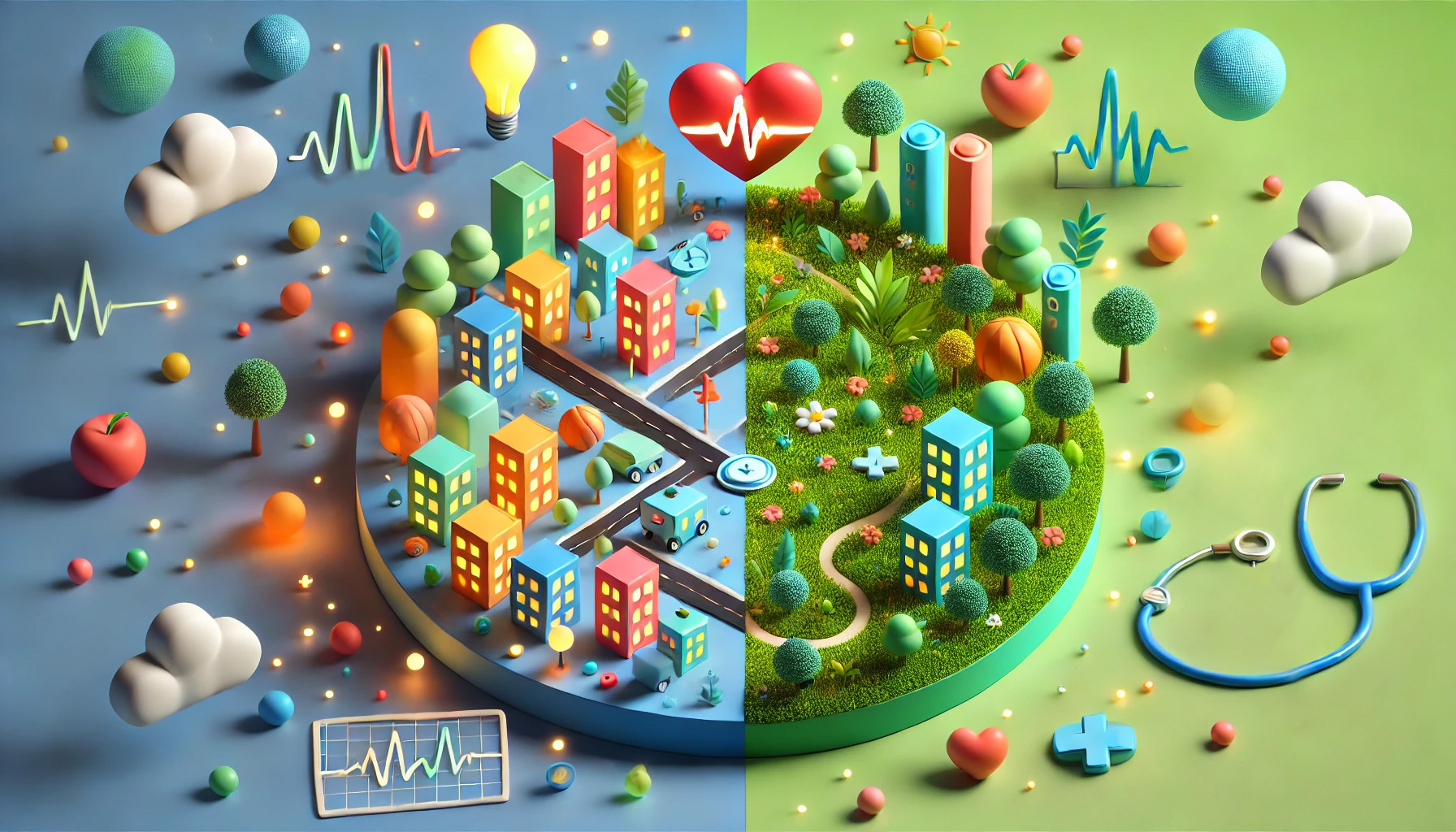Innovation isn’t about having all the answers

One of the most impactful lectures I had in my early years of design training was from a professor who sought to reframe the purpose of design.

He outlined his thesis, built over many years of creative problem solving: Almost any creative endeavor can produce an output–a digital experience, a new brand, a physical product, a reimagined service–but the quality of that output is wholly dependent on how we frame and examine the problem it’s meant to solve. For years, his thinking has stuck with me: Obsess over the question. Questions are a tool to guide our thinking, and, to address the biggest, gnarliest challenges facing society today, we need to think in radically new ways.
Questions can serve two purposes: They can open our apertures, allowing us to uncover new approaches to familiar problems, or they can focus our efforts by providing clarifying constraints on formidable challenges. In both cases, a well-crafted question allows you to examine a problem in new ways, stress-testing potential solutions to ensure innovation is successful and doesn’t fall into a trap.
Across our interactions at IDEO–in our health portfolio and beyond–we encounter organizations looking for answers to the most critical challenges that they are facing, and, in response, many groups purporting to have the answers. AI products that will “unleash the power of your workforce,” digital solutions that will “fix your patient experience,” or elixirs that will magically cure every conceivable ailment hindering your organization today. But, when you are holding a hammer, everything looks like a nail. And when organizations start with solutions, the impact of their innovation efforts will be at best limited, and at worst, will completely miss the mark, squandering opportunities and investments.
So, when faced with a daunting challenge, jumping to solutions with “guaranteed” results can look attractive, but doing so may very well limit you to what is possible right now. The questions we ask are a starting point to allow us to envision beyond today, unlocking new solutions to the toughest problems.
Recent history in digital health serves as an excellent example of solutions looking for problems. While “digital health” is now an established term, we are yet to realize the value of a decade’s worth of the progress it promised. To date, even the most future-facing digital health initiatives have been focused on gathering data to drive efficiency or improving costs by outsourcing to digitized solutions. But the true value of digitized health will come when we find the meaning in the data that we gather. It will fuel more integrated health services that fit it into the ways we experience our own health and improve both quality of life and outcomes. Technology for technology's sake will not advance this cause, but digging into genuine problems and asking how our emerging technologies can enable us to innovate in genuine, human-centric ways will.

By reframing the problem in the first place, we may land on better solutions. How might we enable people to live healthier lives before they find themselves requiring clinical care? How might we enable better collaboration across sectors to transform into the health systems we need for the next generation? How do we leverage human expertise alongside AI? Individual technologies will not be the answer; they will be enablers within a system redesigned with these considerations in mind.
The opportunity in healthcare is keenly illustrated by developments in the financial sector. Startups and challenger brands have used human-centered innovation to disrupt incumbents in a highly-regulated space by transforming the customer experience. The resulting reset of market share has forced the established financial institutions to elevate their own customer experience to keep pace with these new entrants, accelerating innovation and investment. With the global healthcare industry attracting spending comparable to the annual GDP of a small country, it is only a matter of time before disruptors come along and rip up the existing healthcare rule book. Because if large incumbent brands don’t innovate, someone else will.
In healthcare and beyond, many organizations acknowledge that AI will be a significant part of their future success, but—to change the question again: What do humans in the experience deem desirable? How should the experience be elevated? What value might new, emerging technologies unlock?
The answers may lie outside of traditional healthcare itself. The industry doesn't exist in isolation. It’s heavily influenced by politics, policy, geography, and climate, and it is deeply integrated with other parts of our daily lives. Today, the health of people, communities, and our planet are inextricably linked. To understand just how interconnected they are, consider the following facts: 80 percent of health outcomes globally are driven by non-clinical factors–the environmental conditions in which people are born, grow, work, live and age. And at the same time, healthcare is responsible for 10 percent of global material extractions and 4.4 percent of emissions, contributing significantly to the very environmental issues that are increasingly impacting human health.

With both the healthcare system and the planet under such extreme pressure, small changes are not the basis of a winning strategy. If we are able to frame the right questions, we might be able to shift the preconceived constraints that exist today and create better systems, experiences, and solutions that address real human needs for the future.
If you take a hard look around healthcare, you’ll see many solutions, but few that address those big, gnarly challenges. And yet, the need has never been greater. Organizations of every size should carefully examine the questions guiding their efforts: Is this solution solving a genuine problem? Are we placing people at the heart of our solutions? Is the innovation effort set up for success?
If the answer is no, then the first step is to go back to the problem and ask: Do you have a great question that your innovation efforts are trying to answer? Does it represent the humans in the experience? Is it oriented around an outcome? Does it acknowledge the wider context? And is it broad enough to represent a number of possible futures, while being constrained enough to make meaningful progress?
With ever-increasing societal and commercial pressures, now is the moment to radically rethink our broken health systems. It’s a huge job, but there’s an easy place to start: Ask the right questions.
Exploring how to innovate in new ways? We would love to chat.
Words and art

Subscribe

.svg)









